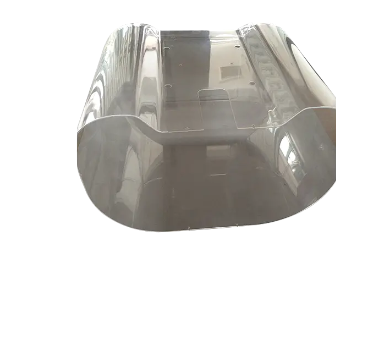CNC (Computer Numerical Control) machining has been a crucial technology in prototyping and manufacturing for several decades. It allows for precise control over cutting tools to create complex parts with high accuracy and efficiency. While CNC machining has already advanced significantly, the future holds even more exciting possibilities for this technology. Here are some potential advancements we can expect to see in CNC machining technology:
Increased Precision: Future CNC machines will offer even greater precision, allowing for the production of parts with extremely tight tolerances. Advancements in control algorithms, feedback systems, and machine calibration techniques will contribute to improved accuracy and repeatability.
Multi-Axis Machining: Current CNC machines typically operate with three or four axes, enabling movement along the X, Y, and Z axes, as well as rotational movements. Future CNC machines may incorporate additional axes, enabling more complex and intricate machining operations. This will allow for the production of highly complex parts in a single setup, reducing the need for multiple machining operations.
Enhanced Automation: Automation will continue to play a significant role in CNC machining. Future CNC machines will integrate advanced robotics and machine learning algorithms to automate various tasks, such as tool changing, part positioning, and quality inspection. This will increase productivity, reduce human error, and enable lights-out manufacturing, where machines can operate without human intervention for extended periods.
Smarter Software: CNC machining software will become more intelligent, offering advanced features such as real-time simulation, optimization algorithms, and predictive maintenance. These capabilities will help optimize tool paths, reduce machining time, and enhance overall process efficiency. Additionally, machine learning algorithms will be utilized to analyze and learn from machining data, enabling adaptive control and self-optimization.
Additive and Hybrid Manufacturing Integration: CNC machines will increasingly integrate additive manufacturing capabilities, allowing for the combination of subtractive and additive processes in a single machine. This integration will provide more design freedom, as intricate features can be added using additive techniques, while traditional machining can be employed for high-precision finishing.
